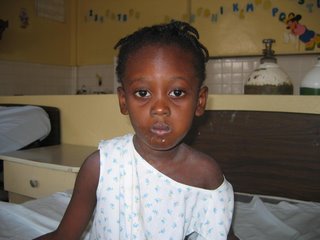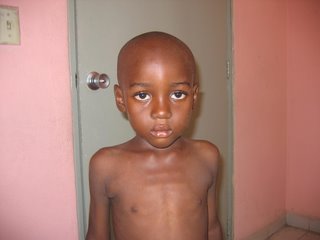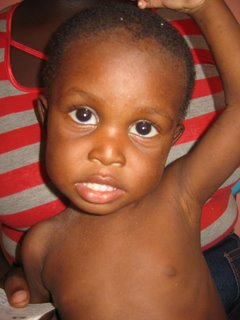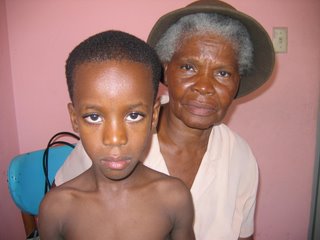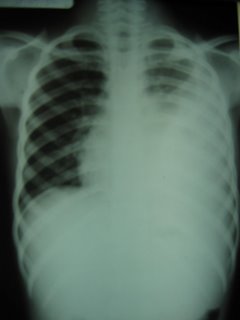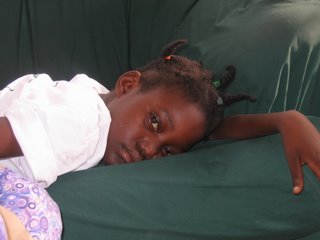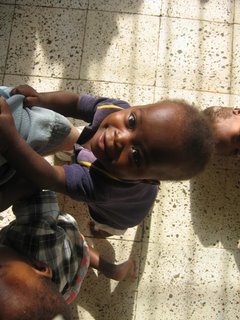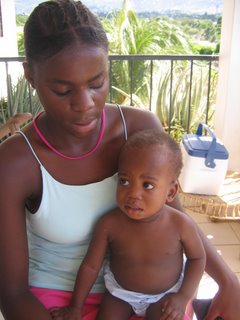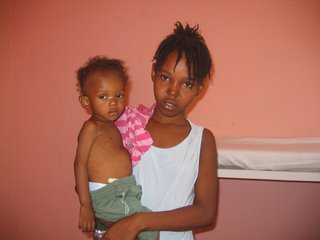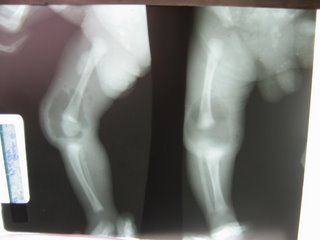
Tuberculosis is a Sneaky Disease
One-third of the world’s population (2 billion people) is infected with tuberculosis. That is not to say that one-third of the world’s population has active disease; but it means that one-third of the world has been exposed to the tuberculosis microbe and many have the disease and many will get it in their lifetimes.
Tuberculosis is the number one infectious disease in the world that causes death. It killed more people in the decade of the ‘90’s than any other decade in history.
Tuberculosis can be acquired just by talking to another adult with active tuberculosis on the bus. (Children, as a rule, do not transmit tuberculosis to other children or adults. Tuberculosis in a child means only one thing: There is an undiagnosed case of active tuberculosis in an adult who has given the disease to the child.)
There is a tuberculosis vaccine that was developed about 80 years ago and has not improved since. Its efficacy is questioned by many experts around the world. The tuberculosis skin test is antiquated as well and will be “positive” in many patients that do NOT have tuberculosis, and will be “negative” in many patients that DO have active tuberculosis.
The treatment of tuberculosis hasn’t changed much with first line drugs in decades. However, if one does not have multi-drug resistant tuberculosis (MDR-TB), chances for cure, even with these “old” drugs are excellent.
The problem in Haiti and everywhere is patient compliance. You know the Haitians can be very noncompliant with taking their tuberculosis medications. We all know that. For some reason, Haitian mothers have a hard time walking and riding 5 hours to the clinic with their children over dirt roads with huge water filled holes, machete- carrying-bandits, kidnappers with 9 mm “Caribbean pistols”, and impending hurricanes. It sure is not MY fault when the Haitians don’t show up for their 8 months of tuberculosis medications which makes them sick and can give them hepatitis.
Tuberculosis is a very sneaky disease that frequently infects its victims, goes away, and reappears years later when the person has aged or had an illness or medication that causes the immune system to dysfunction. Their doctor may not even look for tuberculosis because he/she doesn’t think of this disease in the United States. (The United States is registering an all time low incidence of tuberculosis.) Tuberculosis, that the patients were able to fend off successfully years before, comes back and kills them.
We frequently think that tuberculosis infects the lung. It does, but it can infect every organ system from the skin, central nervous system, the heart, gastrointestinal, and genitourinary systems. Tuberculosis can even infect your eyes and ears.
I see kids every day that look quite healthy, but their Haitian parents tell me something is not right. The kids may have a cough, fever, and some weight loss. These symptoms may have occurred slowly over the course of months. They may be playing in the office like usual kids.
When I listen to them with the stethoscope, their lungs may sound normal. The brother and sister pictured at the top of this post had these symptoms and were chasing each other around the clinic. However, their mother was being treated for active pulmonary tuberculosis during the last 3 weeks.
Both of the children had chest x rays which showed extensive pneumonia in both lungs and both had “highly positive” skin tests. Both have just started their 6 month course (pediatric courses in Haiti are 6 months, not 8 months), and if they are “nice and compliant” patients and finish their treatment, they will stand a good chance of surviving.
The little one pictured at the bottom of the post presented with a very high fever and a large pneumonia in her right lung which can be seen on chest x-ray. After one week in the hospital receiving intravenous antibiotics, her fever has dropped some, and her chest x-ray has cleared to a large degree, as can be seen in the bottom chest x-ray.
However, since tuberculosis is so sneaky, if one looks at the improved x ray, one can see radiographic findings consistent with tuberculosis. What happened with this child is that she developed pulmonary tuberculosis that became “super infected” with another type of bacterial pneumonia that caused her severe symptoms. This bacterial pneumonia was successfully treated which “uncovered” her underlying tuberculosis in her lung. She should do well now with treatment focused on her tuberculosis.
